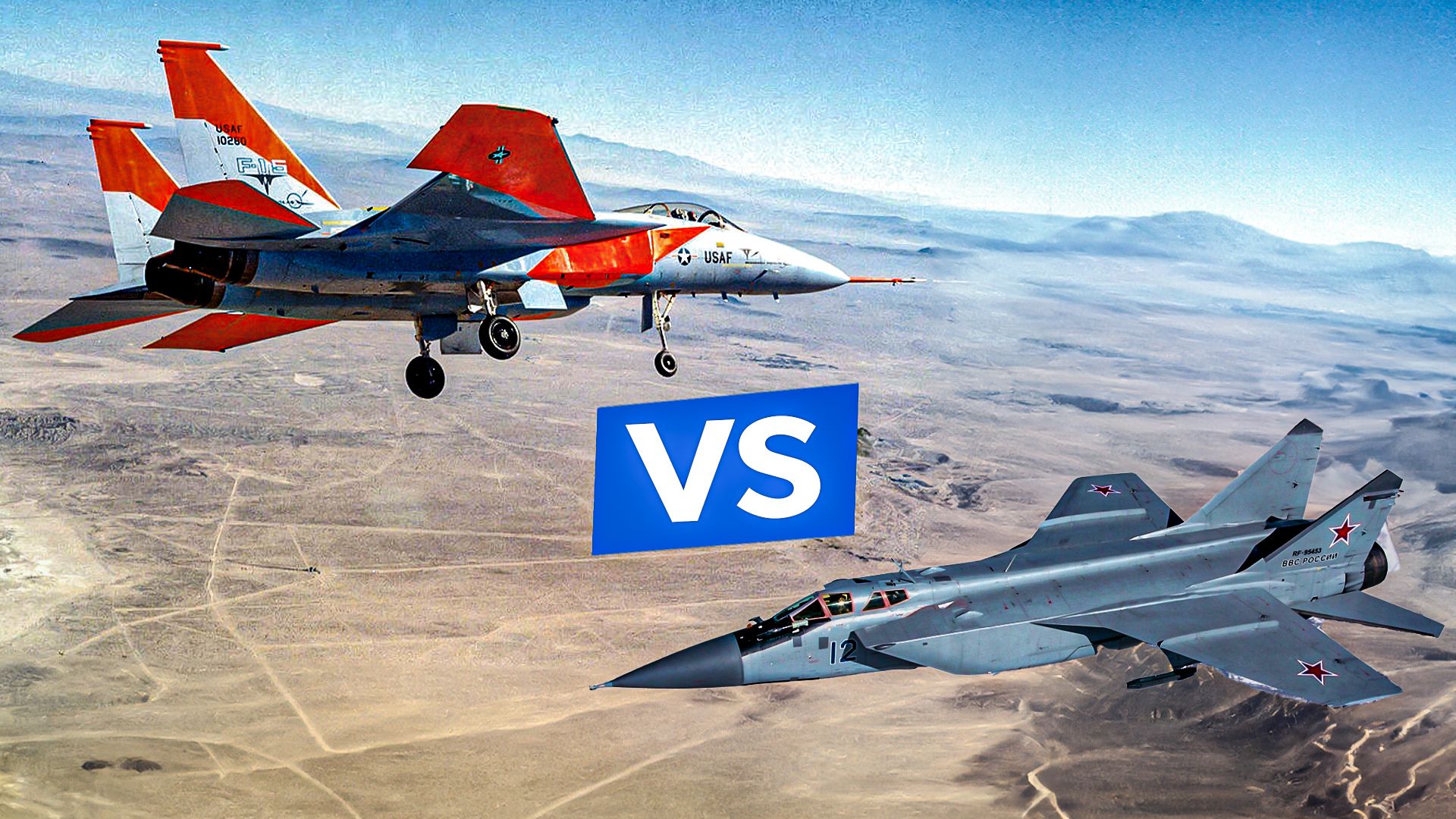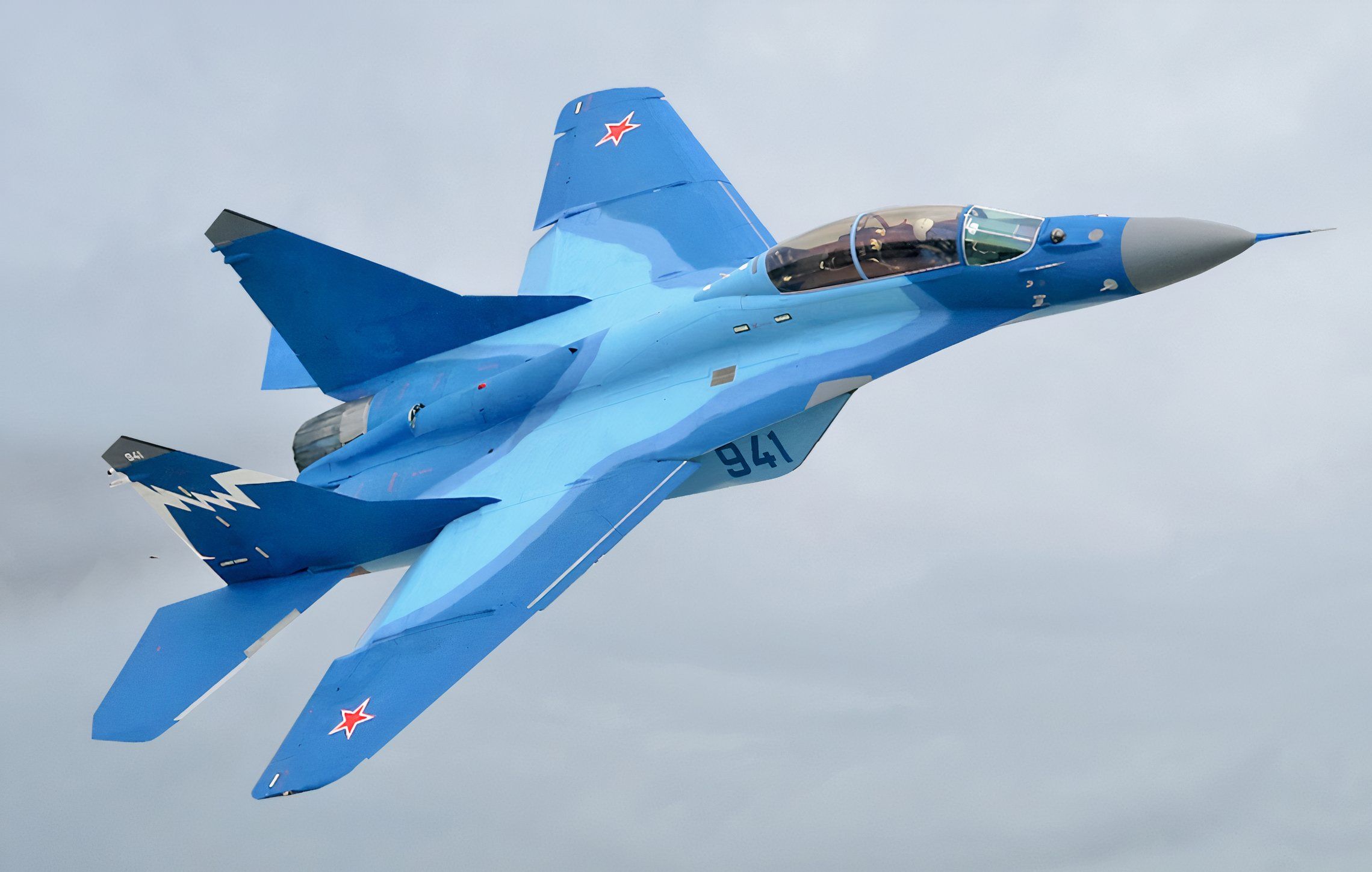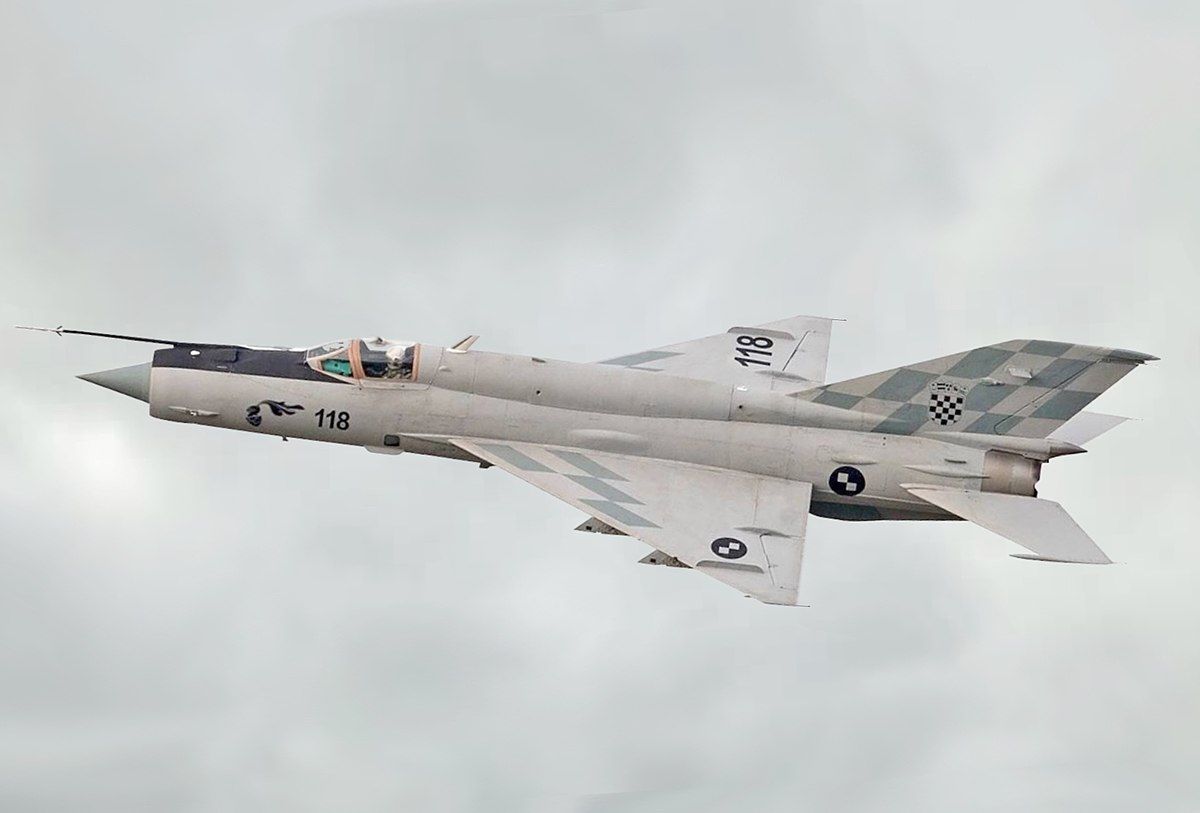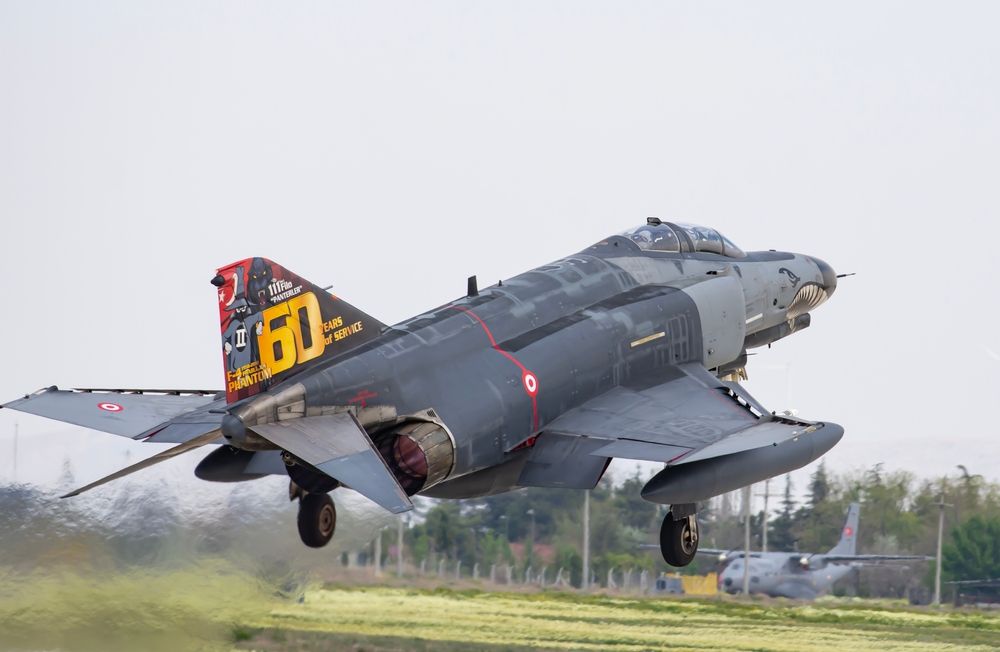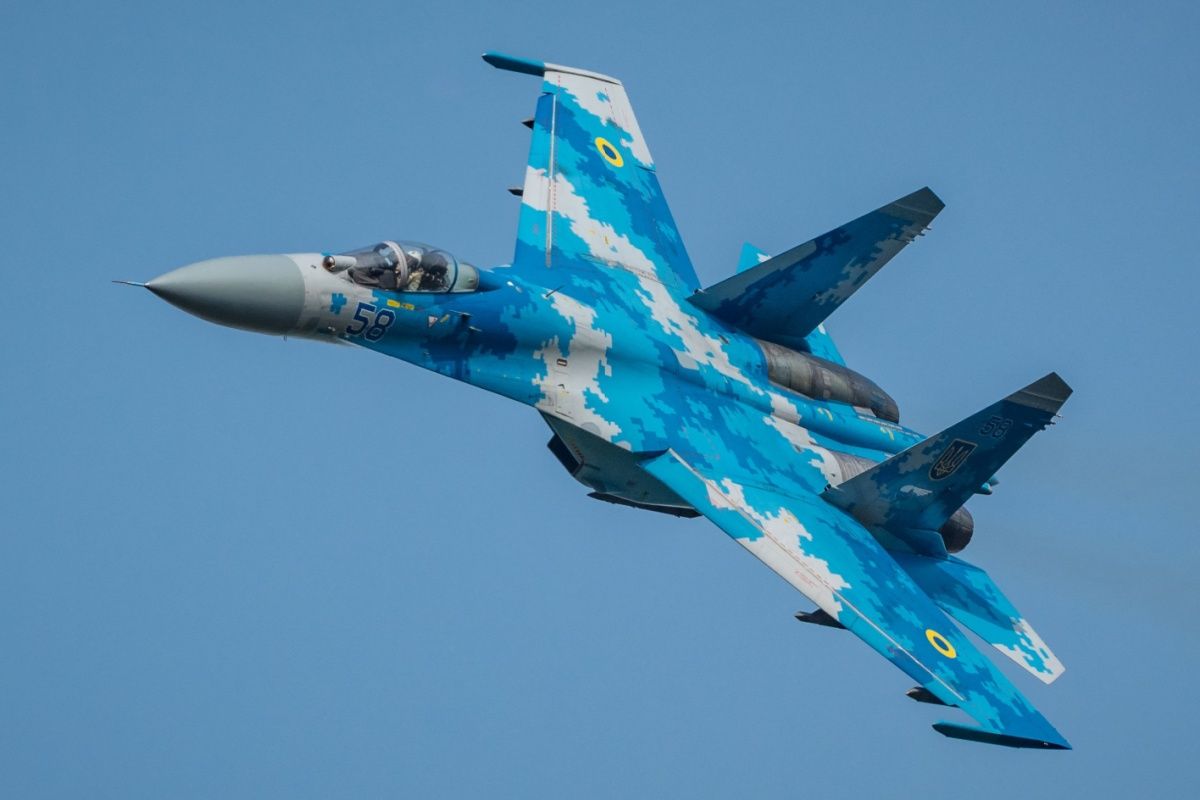Summary
- MiG-29: Iconic Soviet fighter, still in use worldwide
- F-16: Most common US late Cold War fighter jet
- MiG-21: Widely produced & used Cold War fighter
The United States and the Soviet Union were the Cold War’s main fighter jet designers and producers. They pioneered many of the world’s leading fighter jets – many of which remain in use (and even production) today. While US fighter jets like the F-16 are typically considered superior to their Soviet counterparts, the Soviet jets proved themselves popular and were widely exported. Here are five of the top Cold War American and Soviet fighter jets.
1
Mikoyan MiG-29
Over 1,600 were produced
|
First flight: |
1977 |
|---|---|
|
Role: |
air superiority, multirole |
|
Production end: |
present (limited) |
The MiG-29 was one of the most iconic Soviet fighters of the later Cold War and continues to be used worldwide (including by Ukraine). The MiG-29 was built to counter the very capable US F-15 Eagle and F-16 Fighting Falcon and first came into service in 1983.
Initially designed as an air superiority fighter, it has become more of a multi-role fighter over the years.
The MiG-29s have been largely superseded in Russia by the Sukhoi Su-27 family (including the Su-30, Su-34, and Su-35). Modern Russian variants of the MiG-29 include the carrier-based MiG-29K and the failed export-focused MiG-35 (which didn’t receive any international sales).

Related
Analysis: Serbia Transitioning From MiG-29s To Rafales
Serbia has longstanding bonhomie with Russia. This makes the recent announcement of Serbia’s pending switch from MiG-29s to Rafales quite a surprise.
2
F-16 Fighting Falcon
Over 4,600 F-16s have been produced
|
First flight: |
1974 |
|---|---|
|
Role: |
multirole |
|
Production end: |
present |
The F-16 Fighting Falcon is perhaps the most successful late US Cold War fighter jet. It is a single-engine supersonic multirole fighter and remains in production (for export only).
The newest variant, the F-16 Block 70, is night and day different from the original production models. Some 50 years after it first flew, some countries (such as Ukraine, Argentina, Bulgaria, and Slovakia) only upgrade their air forces to fly the F-16.
Photo: Belgium Air Force
The F-16 is a versatile and small aircraft. It is the world’s most common fighter jet in service, with over 2,000 still in operational service. The F-16 boasts an outstanding combat record, with only one confirmed to have been lost in air-to-air combat.
With the imminent arrival of F-16s to Ukraine, the stage is set for the F-16 to head-to-head once again with its old Cold War foes – Su-27s (and derivatives) and MiG-29s (and derivatives). However, within the Ukrainian Air Force, the donated F-16s (mostly built in the Cold War) will have strange bedfellows – Ukraine’s legacy Soviet Su-27s, Su-24s, Su-25s, and MiG-29s.
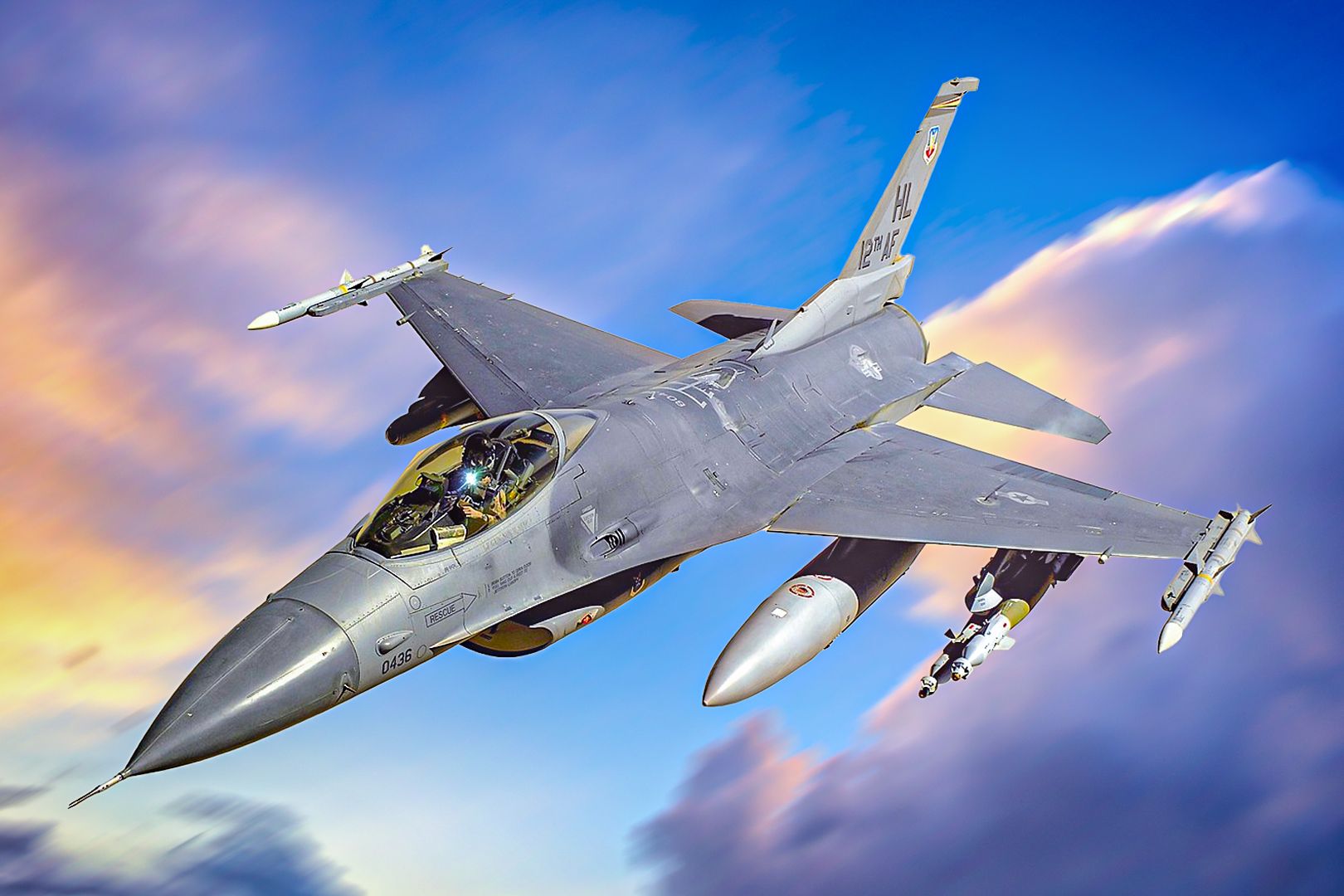
Related
Top 5 Combat Achievements Of The F-16 Fighting Falcon
The famous fighter has been in deployment for more than four decades.
3
Mikoyan-Gurevich MiG-21/Chengdu J-7
Over 13,000 MiG-21/Chengdu J-7s were produced
|
First flight: |
1955 |
|---|---|
|
Role: |
Fighter/interceptor |
|
Production end: |
1985 (J-7 2013) |
The MiG-21 “Fishbed” is one of the most produced and widely used Cold War fighter jets. Around 10,500 MiG-21s were produced (including those produced under license in India), and over 2,400 Chinese license-built Chengdu J-7 aircraft versions were produced. Over the years, around 60 countries have operated it.
The MiG-21 first flew in 1955 and remained in production until 1985, while the Chinese J-7 remained in production until 2013 (the last production models were exported to Bangladesh). MiG-21s remain in service in many developing air forces around the world (particularly in Africa). India (where they are known as the flying coffin) is pushing to retire the last of them.
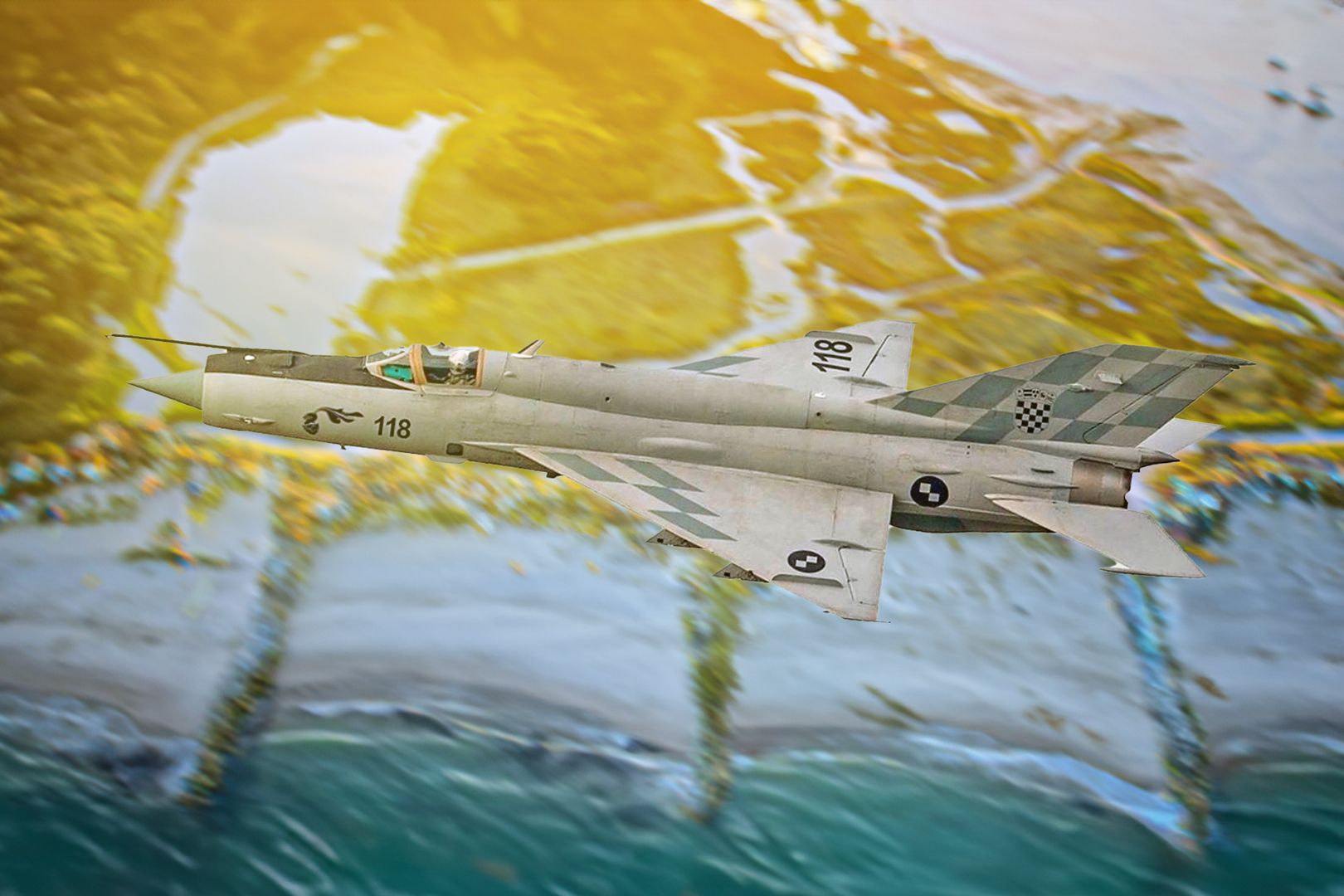
Related
The World’s Top 5 Air Forces Equipped With MiG-21 Fighter Jets
The type remains in service nearly 70 years after its first flight.
4
F-4 Phantom II
Over 5,000 F-4 Phantom IIs were produced
|
First flight: |
1985 |
|---|---|
|
Role: |
Interceptor, fighter-bomber |
|
Production end: |
1981 |
The McDonnell Douglas F-4 Phantom II is one of the most iconic mid-Cold War US fighter jets. It is a long-range supersonic interceptor and fighter bomber that first entered service with the Navy in 1961. With over 5,195 F-4s produced, it is the most produced supersonic US military aircraft.
Photo: twintyre l Shutterstock
The Phantom is noted for its high top speed (over Mach 2.2). Subsequent US fighter jets have been slowed down (the F-35 has a top speed of Mach 1.6). The Phantom remains in service, but its days are fast coming to an end. South Korea retired the last of its Phantoms in early 2024, and then Greece followed suit. This has left Turkey and Iran as the last Phantom operators.
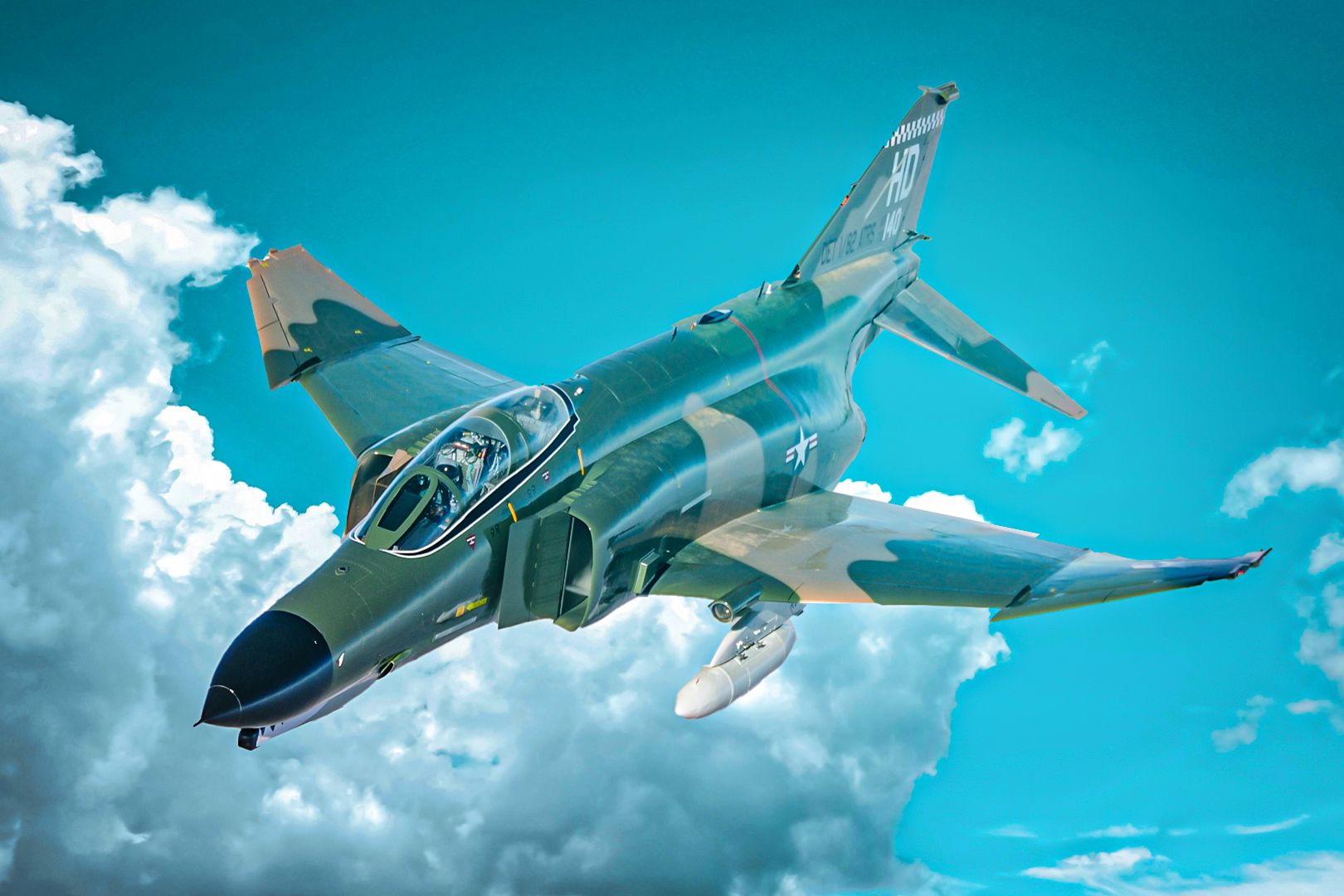
Related
5 Things To Know About The Final Days Of The US F-4 Phantom II
The F-4 Phantom’s days are entering their twilight as soon as only two countries are left operating them.
5
Su-27 Flanker
Around 680 Su-27 Flankers were built (excluding derivatives)
|
First flight: |
1977 |
|---|---|
|
Role: |
Multirole/air superiority |
|
Production end: |
2010 (present with derivatives) |
The Su-27 Flanker family is perhaps the most common fighter jet used in the War in Ukraine today. While Ukraine has the older Su-27 Flanker variant, the fighter backbone of the Russian Air Force is made up of the more modern Su-30/Su-34/Su-35 variants.
Photo: Dawid Lech l Shutterstock
The Flanker was built as a direct competitor to large later Cold War US fighter jets like the F-14 Tomcat and the F-15 Eagle. It was designed for air superiority missions and complemented the MiG-29.
For many years, Russian fighter jet exports were much of the bread and butter of the Russian arms export industry. However, Russia’s Flanker and other fighter jet exports have all but collapsed in recent years. The Chinese derivative of the Flanker is the Shenyang J-11.

